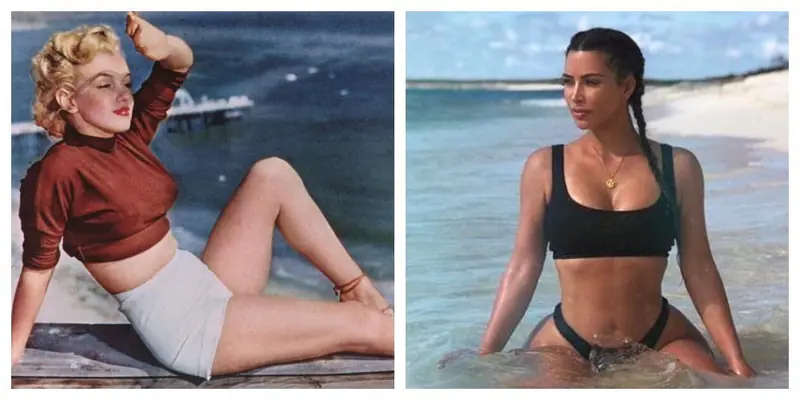
In what seems like a brief span of time, beauty standards have undergone significant transformations. Internationally renowned plastic surgeon Mark Solomos shared with the Daily Mail the journey these standards have taken—from the voluptuous figures of the 1950s to the inflated “dumpling” lips of the 2000s.
Each decade has offered a new perspective on the ideal body. These evolving notions have been influenced by sociocultural changes, advancements in medicine, psychological factors, fashion trends, and the impact of media.
1950s: Post-War Housewives
After World War II, curvy figures, particularly the “hourglass” shape, became extremely popular. This silhouette symbolized fertility and femininity.
This image was partly fueled by the economic boom and the baby boom. Following the war, women returned to traditional gender roles, with many leaving the workforce. Meanwhile, women’s magazines focused their attention on domestic issues.
Icons of that era included Marilyn Monroe, Brigitte Bardot, and Jayne Mansfield. They were considered the quintessential pin-up girls, a term used for women whose images adorned posters that were often pinned to walls.
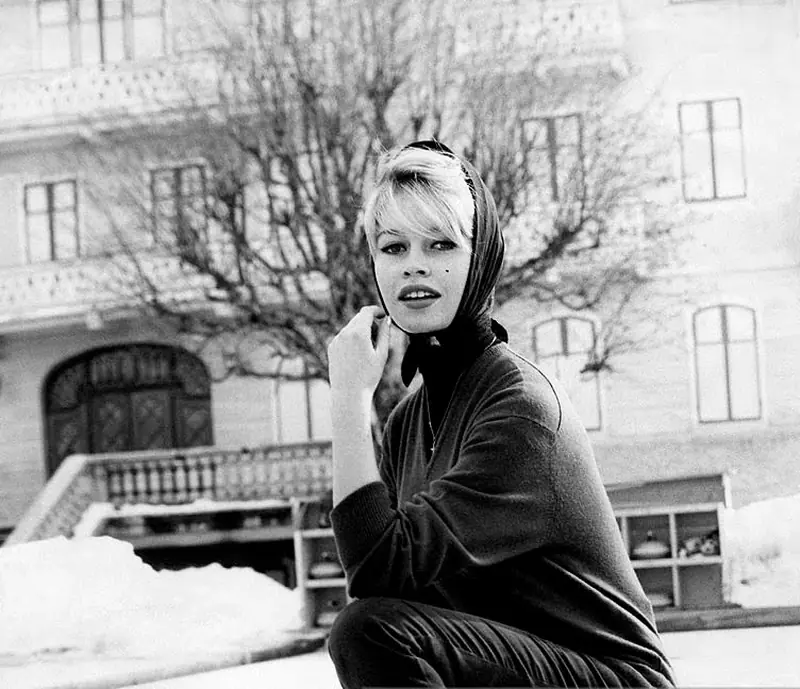
Brigitte Bardot
“Their bodies were soft, lacking the tone we are accustomed to today, with curves that were stereotypically viewed as the ideal of feminine perfection,” said Mr. Solomos.
1960s: The Rise of Diet Culture
The ideal woman became slimmer, almost androgynous, and appeared younger. Alongside a counterculture that rejected many of the previous generations’ taboos, the 1960s ushered in a dieting craze.
According to Dr. Solomos, models like Twiggy embodied the era of feminism and the rejection of the housewife image. The post-war baby boom meant that teenagers made up a large portion of the population. “These changes were influenced by the rise of youth culture, the feminist movement, and the advent of birth control pills,” the expert noted. He described the 1960s as a time of hedonism, free love, and rock ‘n’ roll. Women wore tight pants that accentuated their figures. To meet the new standards, women were expected to be slim, preferably with small breasts, and to resemble a kind of clothing hanger.
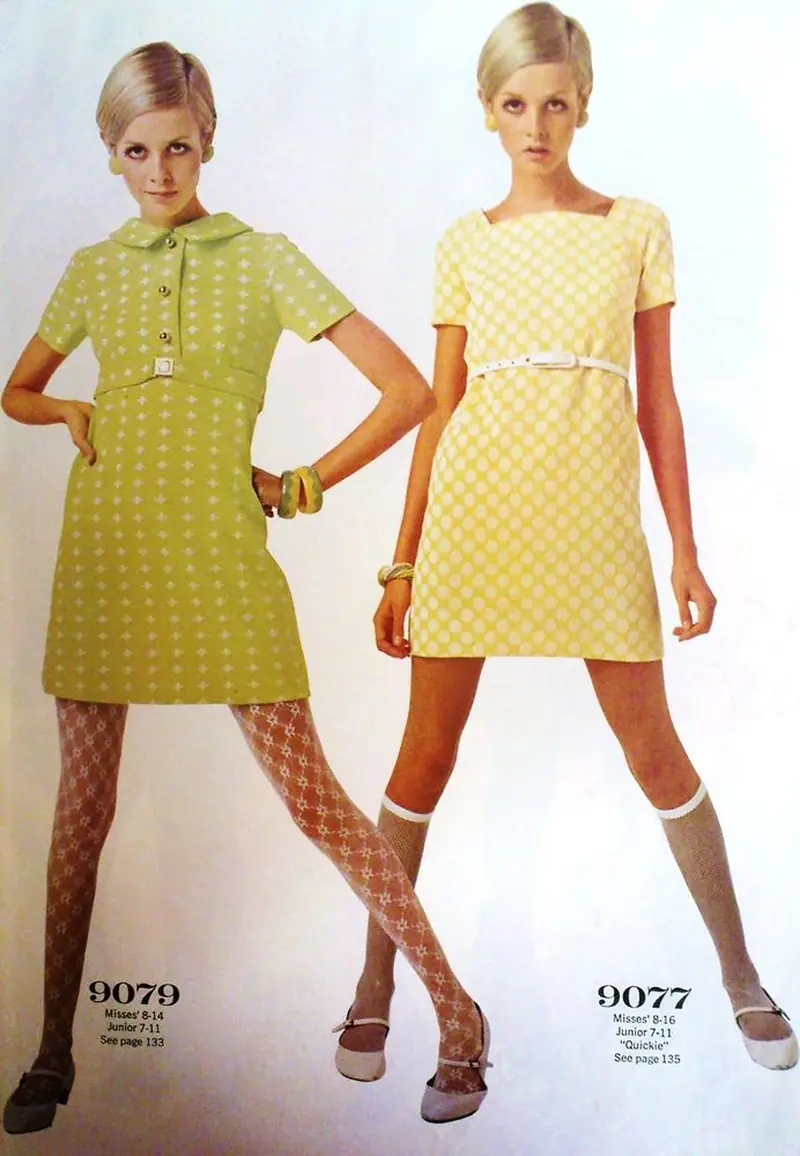
Twiggy
1970s: Body Positivity as a New Trend
The ideal body could now take any shape, reflecting social shifts toward body positivity and the acceptance of diverse forms and sizes.
Time magazine declared 1975 the “Year of the Woman,” stating: “They arrived like a new wave of immigrants to male America. They can be police officers, judges, military personnel, telephone operators, taxi drivers, assembly workers, editors, business leaders, or mothers and housewives, but they are no longer the submissive beings they once were.”
During this era, models like Lauren Hutton and Farrah Fawcett embodied natural beauty and athleticism. “These women began to take on many traditionally male roles, and to showcase this, they wore appropriate attire. They balanced motherhood with careers, expressing their femininity through flared pants and blouses,” the surgeon explained.
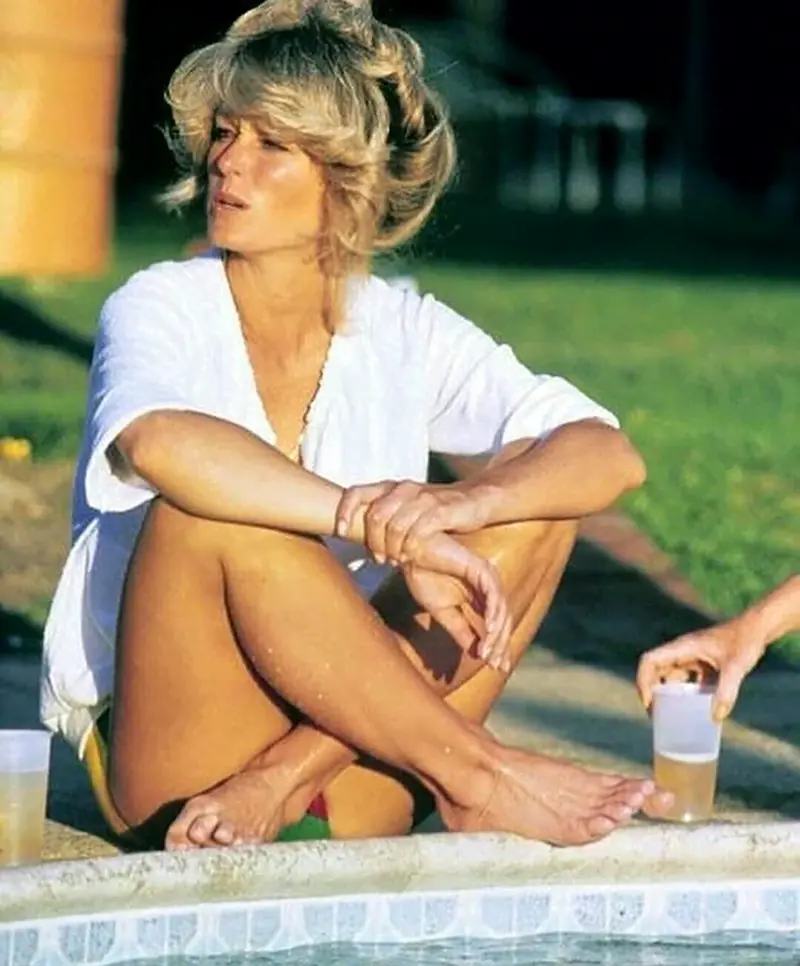
Farrah Fawcett
1980s: The Fitness Boom
These years were marked by a fitness boom and a shift toward a more powerful image of women. This was epitomized by broad shoulders, which became a staple not only of coats but also of fitted blouses.
Beauty icons like Jane Fonda and Cindy Crawford popularized the idea of a toned and athletic physique. It was a time to embrace fitness and a healthy lifestyle. Women wanted to be slim while still maintaining a feminine appearance.
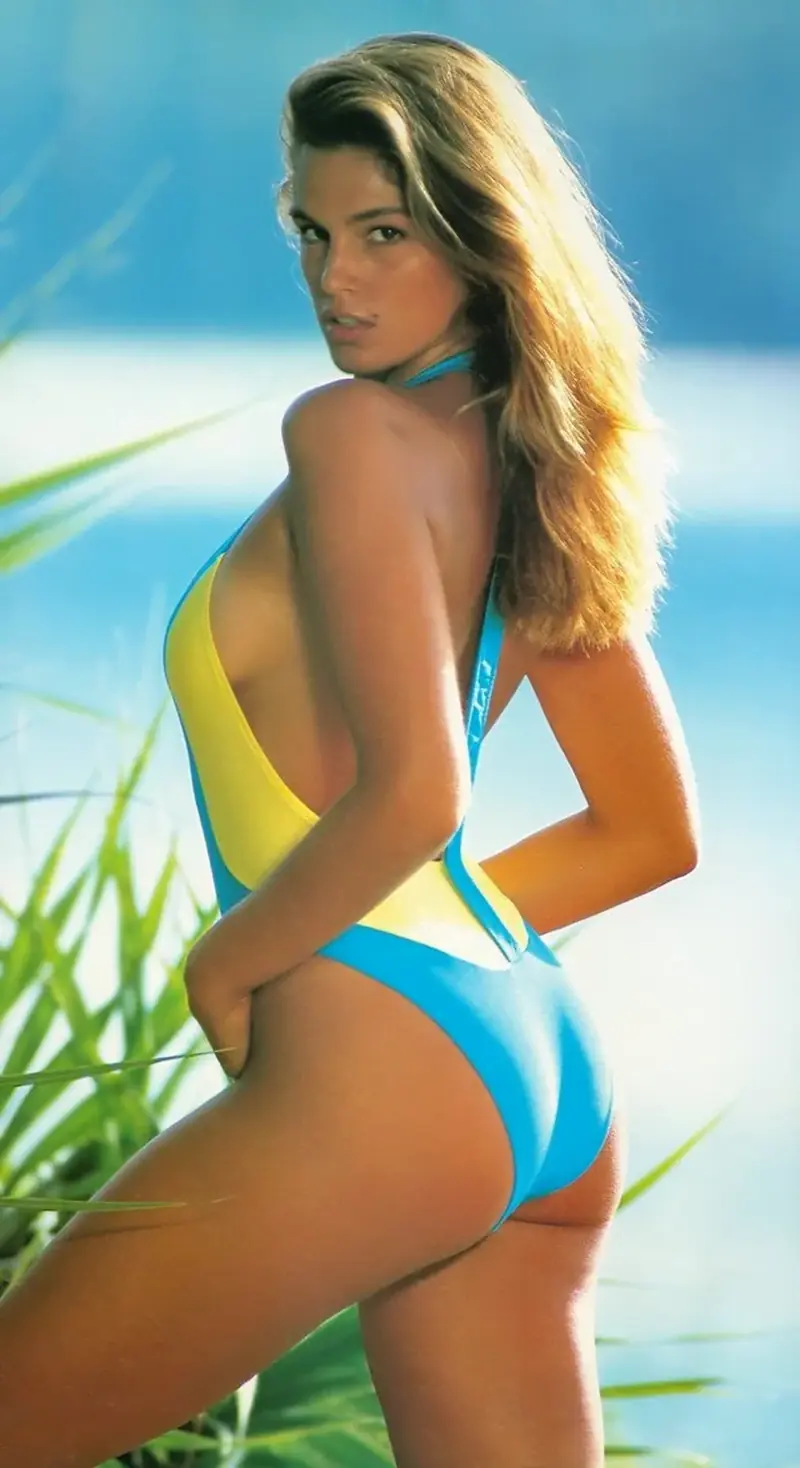
Cindy Crawford
1990s: The Era of Supermodels
Ironically, as the World Health Organization began to raise alarms about a global obesity epidemic, the ideal female figure became increasingly thinner. Supermodels championed a body image that was unattainable for many women. “It was characterized by a combination of tautness and slenderness, as seen in Kate Moss and Jodie Kidd,” the surgeon explained.
Runways were dominated by boyish figures with flat chests, sharp cheekbones, and sinewy limbs. Media perpetuated these unattainable societal standards.
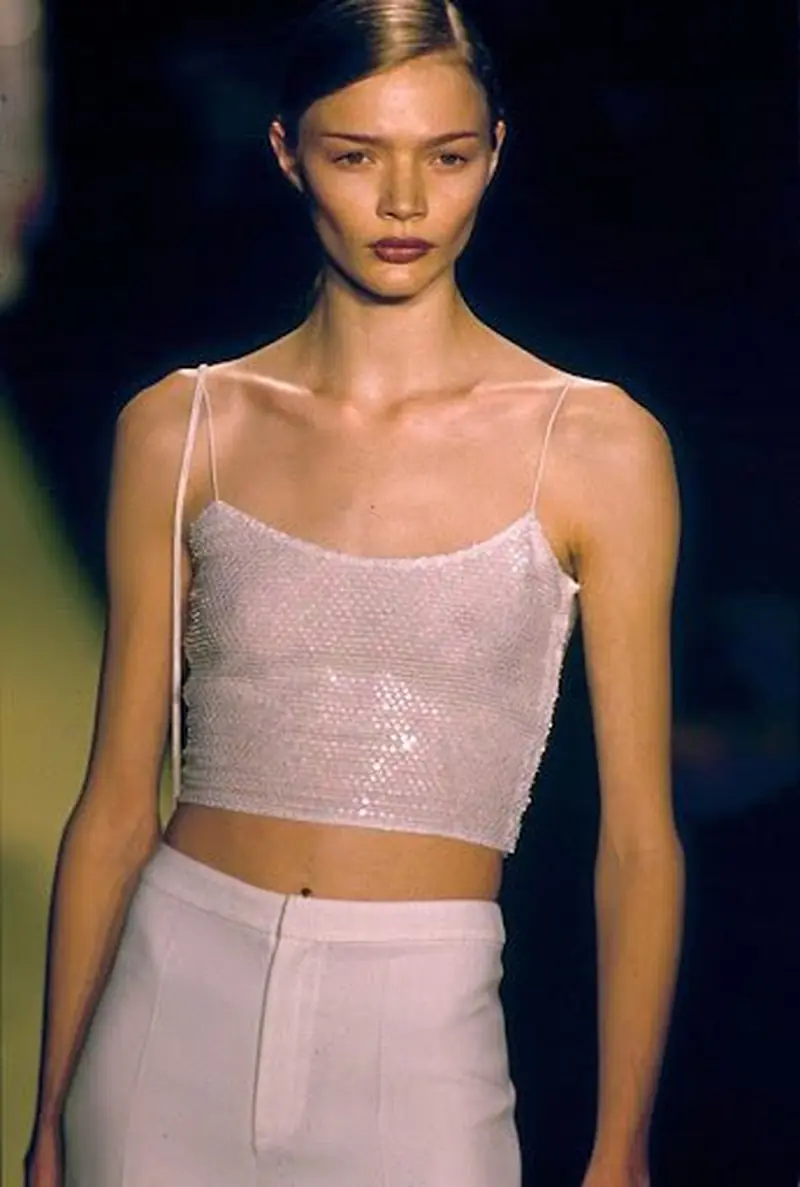
Jodie Kidd
2000s: The Rise of Digital Technology
Today, perceptions of the ideal female body are often shaped by cutting-edge technology. These tools help create flawless images through filters and airbrushing, and soon artificial intelligence may join the mix.
“Social media and digital manipulation have played a significant role in shaping beauty standards, with public figures and celebrities influencing perceptions of beauty,” noted Mr. Solomos.
Under pressure from celebrities, today’s women opt for excessively plump lips, large eyes, bold brows, slim waists, full but not overly large breasts, and larger bottoms than those of previous generations. The complete package is embodied by socialite Kim Kardashian.
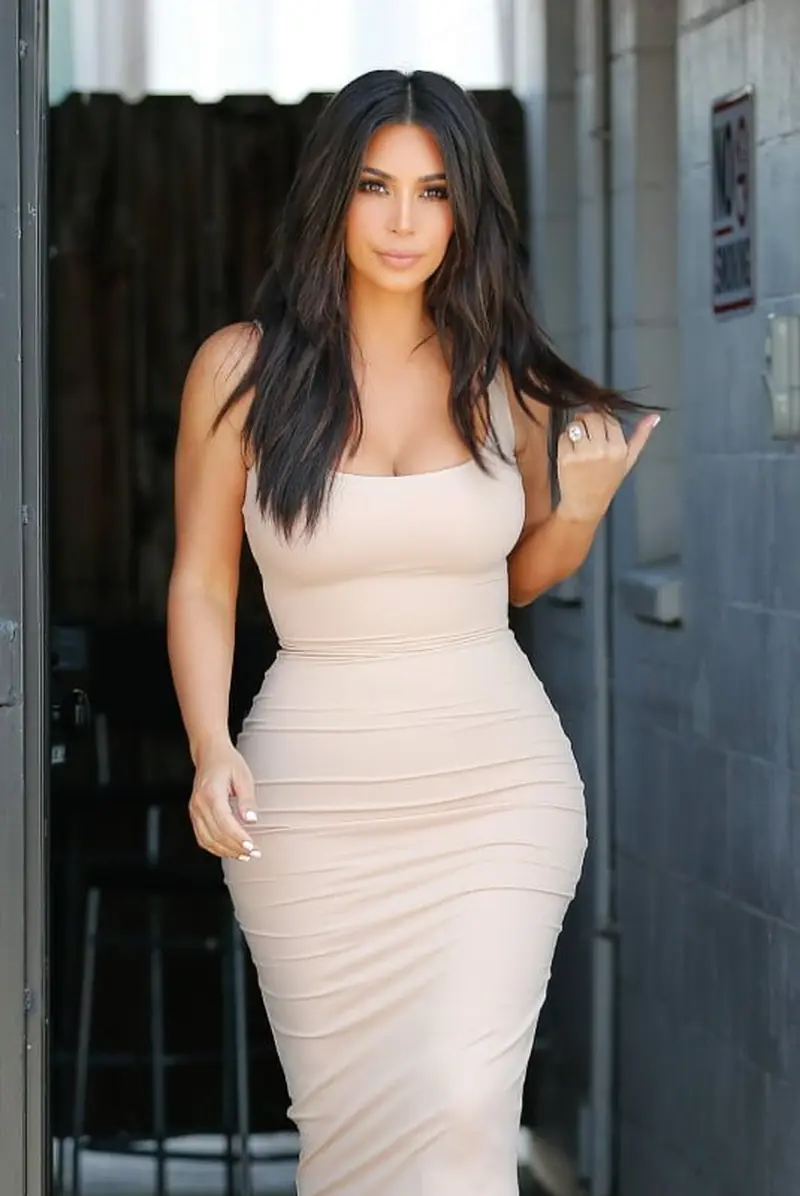
Kim Kardashian
According to the expert, the ideal body continues to evolve toward a more toned and slender yet strong physique. And the word “strong” is key here.
What lies ahead? Perhaps women will increasingly focus on their health rather than chasing a specific aesthetic ideal. A time will come for body positivity, inclusivity, and the acceptance of various body types. However, social and cultural factors will continue to influence perceptions of beauty.
